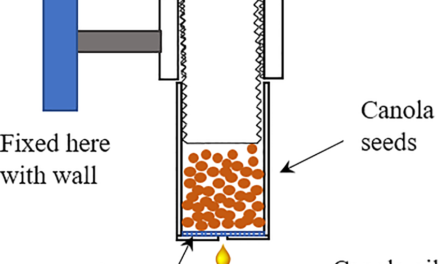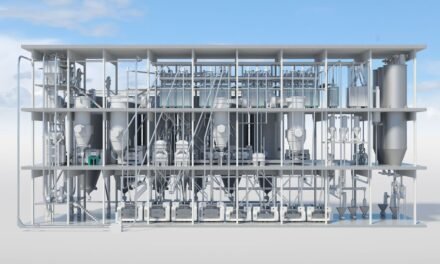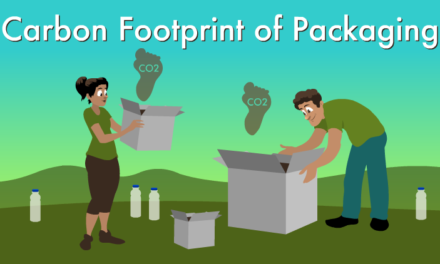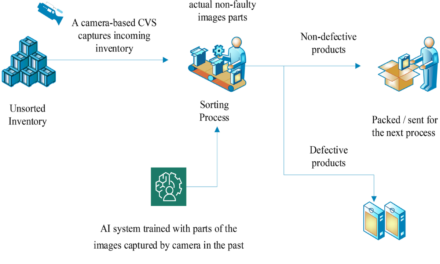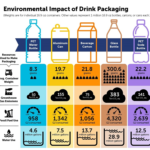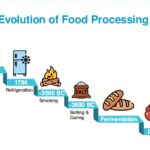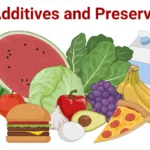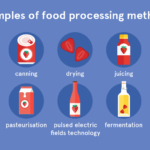Food processing can both enhance and diminish the nutritional value of agricultural products, depending on the methods used. Here’s how:
Positive Effects:
- Preservation of Nutrients: Some processing methods, such as freezing or canning, can help preserve nutrients and extend shelf life. For example, frozen vegetables can retain much of their vitamins and minerals, sometimes even better than fresh produce that has been stored for a long time.
- Fortification: Processing allows for the fortification of foods with essential nutrients like vitamins and minerals. For instance, milk is often fortified with vitamin D, and cereals may be enriched with iron and folic acid.
Negative Effects:
- Loss of Nutrients: Certain processing methods, especially heat treatments like pasteurization or refining, can lead to the loss of heat-sensitive nutrients such as vitamin C and certain B vitamins. For example, excessive cooking can destroy a significant amount of the vitamin content in vegetables.
- Reduction of Fiber: Refining processes, such as in making white flour or white rice, often remove the bran and germ, reducing the fiber content and other nutrients found in the whole grain.
- Addition of Unhealthy Ingredients: Some processed foods may have added sugars, fats, salt, and preservatives, which can negatively affect the overall nutritional profile of the food and contribute to health problems if consumed excessively.
Food processing can reduce the nutrient content of agricultural products but can also enhance their safety, convenience, and nutritional value when done thoughtfully, like through fortification or controlled methods that preserve vitamins and minerals.


